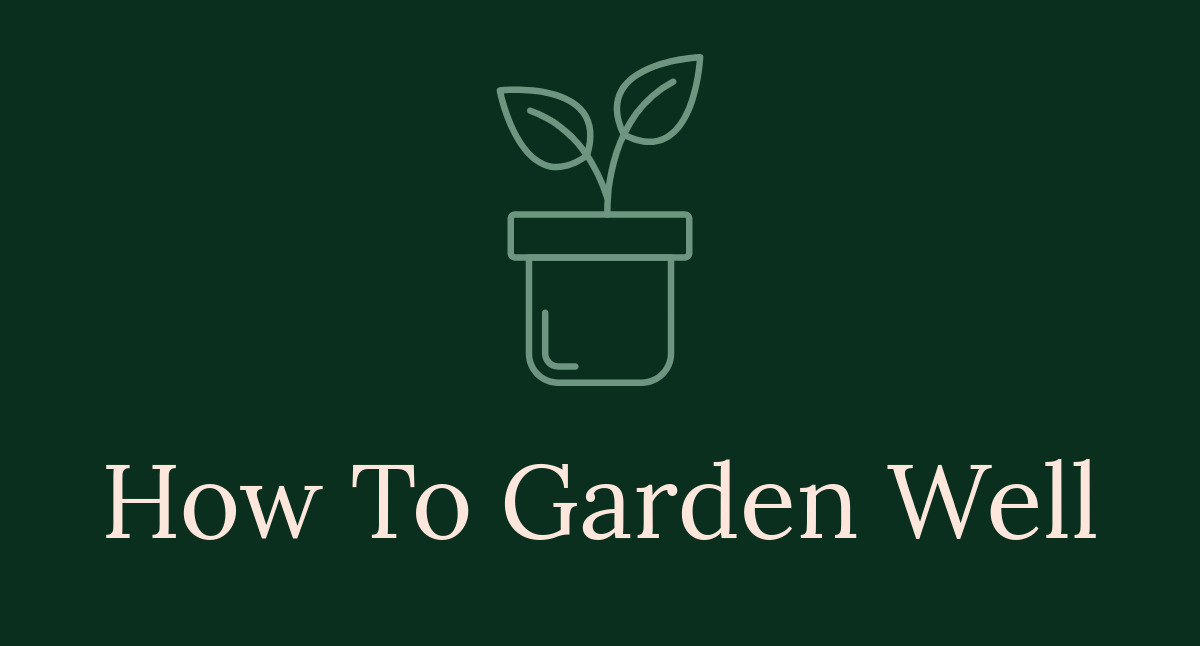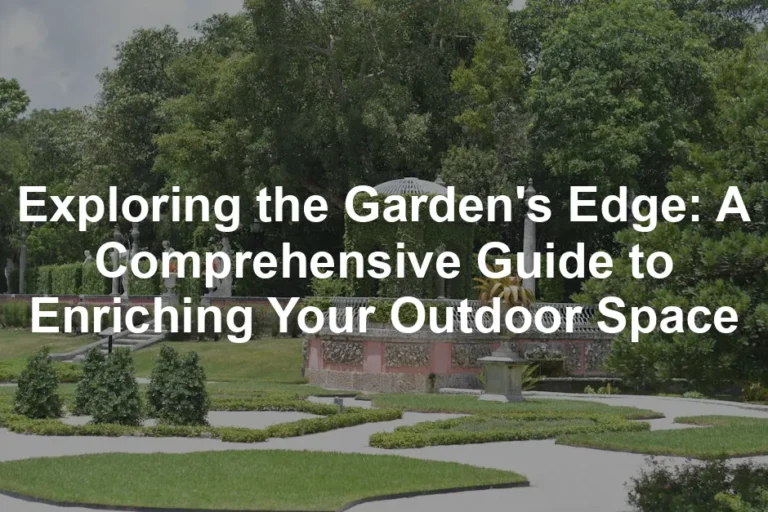

How to Implement Permaculture Principles in Urban Gardening
Introduction
In a world where concrete jungles overshadow lush landscapes, the idea of cultivating a green oasis in urban settings may seem like a distant dream. However, with the magic of permaculture principles for sustainable gardening, city dwellers can transform their balconies, rooftops, and small yards into thriving ecosystems. Imagine stepping out onto your terrace and plucking fresh tomatoes for your salad or harvesting herbs from your vertical garden. This article will take you on a journey through the fundamentals of permaculture, showing you how to apply these principles effectively in an urban gardening context. Buckle up, because that urban garden of your dreams is only a few tips away!
Urban gardening is not just a trend; it’s a response to the pressing need for sustainable food production in our cities. By implementing permaculture principles, we can create self-sustaining green spaces that yield food while promoting biodiversity, conserving resources, and enhancing community well-being. Urban gardening is about maximizing small spaces, optimizing resources, and encouraging community engagement.
Permaculture emphasizes using natural systems to create sustainable environments. This means we can mimic nature’s patterns, ensuring each element in our garden serves multiple functions. For example, planting companion plants can improve yields and deter pests. By observing our surroundings, we can design gardens that thrive with minimal inputs.
There’s also a delightful sense of satisfaction when we grow our own food. Imagine sharing your bountiful harvest with neighbors or using your herbs to enhance a dish. This connection to nature fosters community ties, making urban gardening more than just a personal endeavor. It becomes a collective effort, transforming neighborhoods into green havens.
This article will outline how to adapt core permaculture strategies specifically for urban gardens. We’ll cover techniques such as vertical gardening, companion planting, and water recycling, all tailored for urban settings. So, grab your gardening gloves and get ready to cultivate your very own urban permaculture paradise!
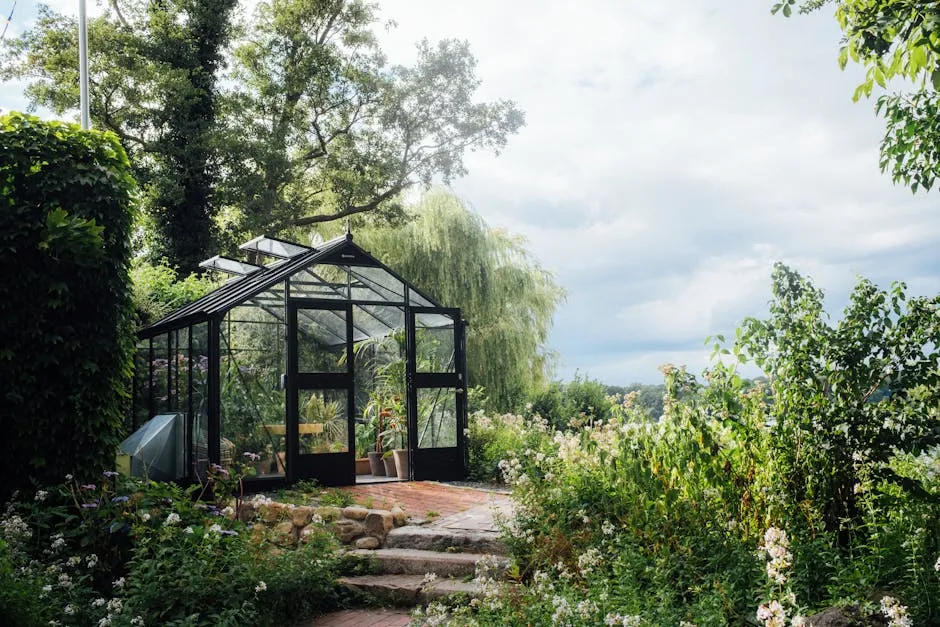
Designing Your Urban Garden
Urban gardening can feel like a puzzle. How do you fit everything you want into a tiny space? The answer lies in understanding natural patterns and using local resources. Let’s break it down into key techniques that can transform your urban garden into a flourishing ecosystem.
Vertical Gardening
When space is tight, think up! Vertical gardening allows you to maximize every inch. Use walls, fences, and trellises to grow climbing plants. Beans, peas, and cucumbers love to climb, saving ground space for other plants. Hanging planters can also bring color and flavor to your balcony. You can even create a mini herb garden right by your kitchen window. Imagine snipping fresh basil while you cook! To get started, check out this Vertical Garden Planter that makes vertical gardening a breeze!
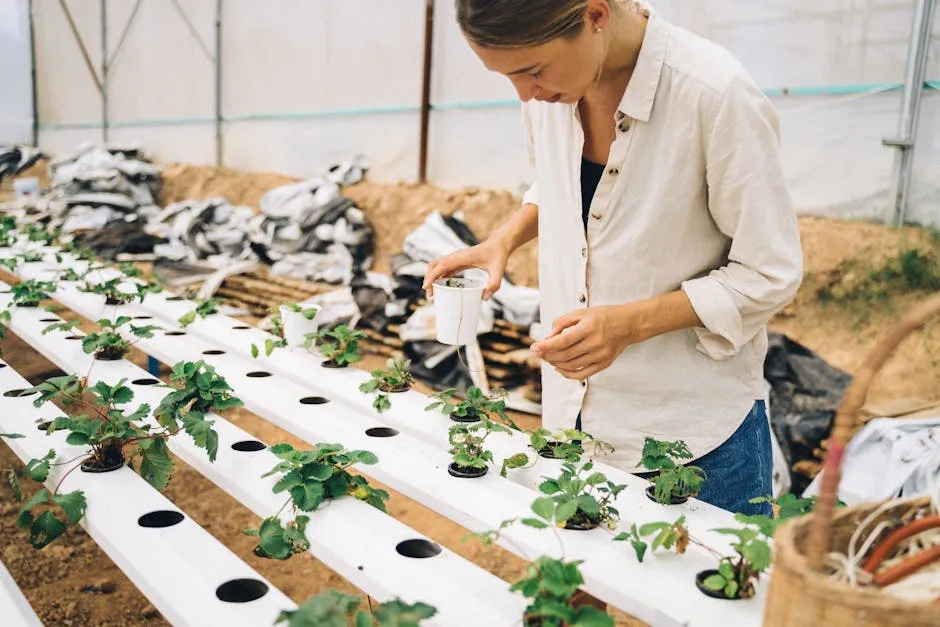
Companion Planting
Companion planting is like matchmaking for plants. Certain plants benefit each other when grown together. For example, tomatoes love being near basil. Basil enhances tomato flavor and keeps pests at bay. Marigolds can deter nematodes and attract beneficial insects. This technique not only boosts your harvest but also creates a balanced ecosystem in your garden. Consider using an Organic Vegetable Seeds Variety Pack to get started!
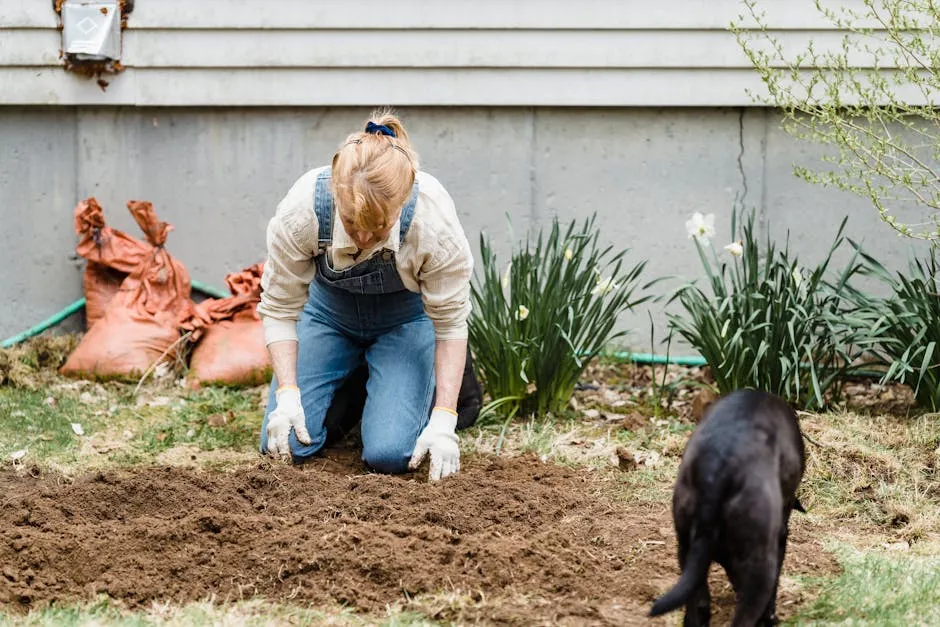
Water Recycling
Water is precious, especially in urban settings. Implementing water recycling practices can make a huge difference. Rain barrels can collect runoff from your roof. This water can then nourish your plants. A Rain Barrel Rainwater Collection System is a fantastic investment for your garden!

Learning from Nature
To design your garden effectively, observe the natural world around you. Notice how sunlight moves across your space throughout the day. Identify wind patterns and areas that retain moisture. These observations will guide your plant placement. For instance, taller plants can provide shade for smaller ones. By mimicking nature, you create a resilient ecosystem that thrives on its own.

Successful Urban Permaculture Projects
Global examples show that urban permaculture works wonders. In Havana, Cuba, locals transformed vacant lots into productive gardens, achieving food security and community resilience. Seattle’s Beacon Food Forest converted a neglected area into an edible landscape, fostering community spirit. Melbourne has embraced urban farms, improving biodiversity and reducing carbon emissions. These stories are proof that even small spaces can yield abundant harvests.
Challenges and Rewards
Urban gardening comes with its own set of challenges. Pests and diseases can wreak havoc, but fear not! Eco-friendly pest control methods, like introducing beneficial insects, can help manage these issues. Creating a balanced ecosystem encourages natural predators, reducing the need for chemical interventions. Using an Eco-Friendly Pest Control Spray can also keep your garden healthy and thriving!
The rewards? There’s nothing quite like the satisfaction of growing your own food. Whether you’re harvesting fresh tomatoes or fragrant herbs, the joy of eating what you’ve cultivated is unparalleled. Plus, you’re contributing to environmental health and enhancing your living space.

Practical Tips for All Skill Levels
For beginners, start small. A few pots on your balcony can be a great introduction. Choose easy-to-grow plants like herbs or salad greens. Seasoned gardeners can experiment with more complex systems, like vertical gardens or intercropping strategies. Share your knowledge with neighbors and engage the community through workshops or gardening days.
Urban permaculture is not just about growing food; it’s about creating a sustainable lifestyle. Whether you’re looking to beautify your home or improve local biodiversity, there’s a place for you in this movement. So, grab your gloves, and let’s get gardening!

Benefits of Urban Permaculture
Urban gardening may seem like a small endeavor, but its impact on food security is significant. In cities, fresh produce often travels hundreds of miles before reaching our plates. By growing food locally, we can reduce carbon footprints and ensure that communities have access to fresh, nutritious meals. Imagine the joy of tasting a sun-ripened tomato plucked right from your balcony! Urban permaculture encourages households to cultivate their own food, making cities less reliant on commercial agriculture. This effort not only strengthens local economies but also empowers individuals to take control of their diets.
Biodiversity is another vital benefit of urban permaculture. Integrating diverse plant species into urban settings creates habitats for various wildlife, like pollinators and beneficial insects. This variety enhances ecosystems by mimicking natural environments. A garden filled with different plants can attract ladybugs, which help control pests, and bees that pollinate flowers. By choosing native plants alongside edibles, gardeners can foster a balance that aids in maintaining local ecosystems. More biodiversity means healthier plants and a more resilient urban landscape.
Community engagement is at the heart of urban gardening. When neighbors come together to nurture a garden, they cultivate relationships that strengthen their community. Shared gardening spaces become hubs of collaboration and resource sharing. Whether it’s swapping seeds, sharing tools, or exchanging gardening tips, these connections foster a sense of belonging. Community gardens can also serve as educational platforms, allowing people to learn about sustainable practices and healthy eating. Through these interactions, urban permaculture not only enhances food security and biodiversity but also builds social ties that enrich city life.
Ultimately, urban permaculture is a powerful tool for change. It promotes local food production, supports diverse ecosystems, and strengthens community bonds. By implementing these principles, we can transform our concrete jungles into thriving green spaces that benefit everyone. So grab your shovel, join a community garden, or start your own little patch of paradise. The benefits of urban permaculture are waiting for you!
Designing Your Urban Garden
Designing an urban garden starts with site analysis. Understanding your space is crucial for success. Assess sunlight exposure, as most vegetables crave a minimum of six hours of direct light. Notice where shadows fall, whether from buildings or trees. Wind patterns also play a role; windbreaks can protect fragile plants. Finally, check your soil conditions. Is it sandy, clayey, or loamy? Testing soil pH can help determine needed amendments. This initial assessment will guide your choices, ensuring your garden flourishes. A Soil pH Test Kit can make this process simple!
Choosing the right plants is essential in urban gardening. Opt for plant selections that thrive in smaller spaces. Perennial vegetables like asparagus and rhubarb offer returns year after year with minimal effort. Herbs such as basil and mint are fantastic companions, enhancing flavors and attracting beneficial insects. Companion planting can increase yields and deter pests. For instance, plant marigolds alongside tomatoes to keep nematodes at bay. By diversifying your plant choices, you create a harmonious ecosystem that supports growth and resilience.
Maximizing space is a key challenge in urban gardening. Vertical gardening techniques are a game changer. Use trellises or wall planters to grow climbing plants like beans and cucumbers. This method not only saves ground space but also adds visual interest. Container gardening is another excellent option—pots can be placed on balconies, patios, or even window sills. Consider using recycled materials for your containers, making it both eco-friendly and budget-conscious. Intercropping strategies, like planting fast-growing crops alongside slower ones, can optimize your garden’s productivity. This approach ensures that every inch of your space contributes to your goal of a sustainable urban garden.
With careful planning and creativity, designing your urban garden can be a fulfilling project. By analyzing your site, choosing the right plants, and maximizing your space, you’ll create a vibrant oasis in the heart of the city. This garden will not only provide fresh produce but also serve as a refuge for wildlife and a gathering place for your community. Let your imagination run wild, and watch as your urban garden transforms into a thriving permaculture paradise.
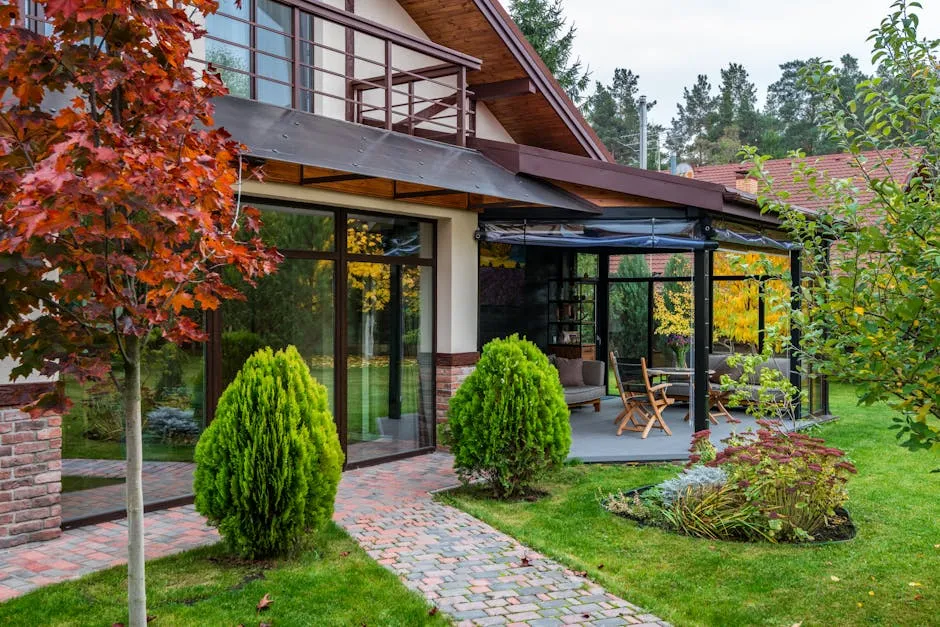
Sustainable Practices for Urban Gardening
When it comes to urban gardening, sustainable practices are the backbone of success. From managing water to enriching soil, these methods not only enhance productivity but also promote environmental health. Let’s break down some crucial sustainable practices for urban gardening.
Water Management
Water is a precious resource, and efficient management is essential. Rainwater harvesting is a fantastic way to capture nature’s gift. Install a rain barrel to collect runoff from your roof. This water can hydrate your plants without costing a dime!
Greywater systems also offer a practical solution. These systems recycle water from sinks, showers, or washing machines for irrigation. Imagine using water that once rinsed your veggies to nourish your garden! Just ensure that the soaps and detergents used are eco-friendly. This simple step conserves water while supporting your green thumb.
Remember to group your plants based on their water needs. Drought-tolerant plants can share space with those that require more moisture, creating a balanced watering routine. Use mulch to retain soil moisture and reduce evaporation. Organic mulches, like straw or wood chips, not only keep the soil moist but also add nutrients as they break down.

Soil Health
Healthy soil is the heart of any thriving garden. Composting is a fantastic way to enrich your soil while reducing waste. Gather kitchen scraps, yard waste, and cardboard to create a nutrient-rich compost pile. Regularly turning your compost will speed up decomposition, giving you a black gold treasure for your garden. Consider investing in a Compost Bin for Organic Waste to make the process easier!
Don’t forget about mulching! Layering organic materials like leaves, straw, or grass clippings helps suppress weeds and maintain soil moisture. Plus, as the mulch breaks down, it improves soil structure and fertility.
Natural fertilizers are also a great option. Instead of chemical fertilizers, consider using compost tea or worm castings. These organic alternatives boost soil health without harming beneficial microorganisms. You can also plant cover crops in the off-season. Legumes, like clover, add nitrogen back into the soil, ensuring it’s nutrient-rich when you plant your veggies.
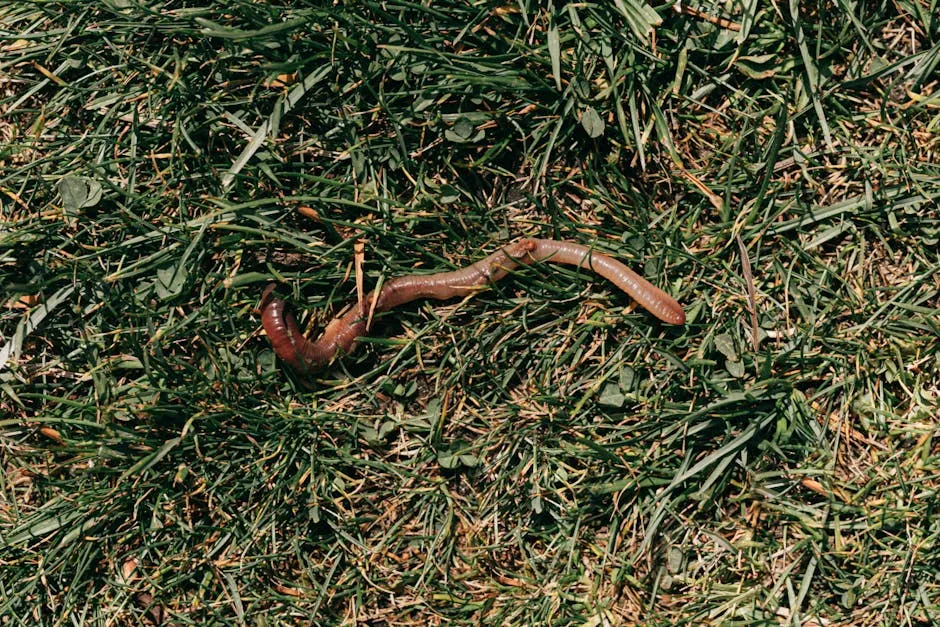
Waste Reduction
Urban gardening presents an excellent opportunity for waste reduction. Start by recycling materials for your garden. Old containers can be repurposed into planters, while pallets can be transformed into vertical gardens. Creativity knows no bounds!
Composting plays a vital role in waste reduction too. Instead of tossing kitchen scraps into the trash, toss them into your compost bin. This not only reduces landfill waste but also creates a sustainable nutrient cycle.
Consider starting a community composting program if your neighbors are on board. Sharing the benefits of composting encourages collective responsibility and fosters community spirit.
Lastly, think about food preservation techniques. If you’re harvesting more than you can eat, try canning or pickling. These methods reduce food waste while providing you with delicious goodies to enjoy throughout the year. A Canning Set for Food Preservation is a great way to start!
By implementing these sustainable practices, urban gardeners can create productive, eco-friendly spaces that benefit both themselves and the environment. Every small step contributes to a larger movement towards sustainability, making our concrete jungles greener and healthier.
Challenges and Solutions in Urban Gardening
Urban gardening can present unique challenges. However, with the right strategies, these obstacles can be overcome. Let’s explore some common issues and their eco-friendly solutions.
Pest Management
Pests are an inevitable part of gardening, but that doesn’t mean you need to reach for harsh chemicals. Eco-friendly pest control methods are both effective and safe. Start by introducing beneficial insects to your garden. Ladybugs, for instance, feast on aphids, keeping their populations in check. You can also use Essential Oils for Natural Pest Control to keep those pesky critters at bay!
Companion planting can also deter pests naturally. For example, planting marigolds alongside your veggies can repel nematodes and other unwanted visitors. Additionally, using neem oil or insecticidal soap can help manage outbreaks without harming beneficial insects.
Regularly inspecting your plants for early signs of pest damage allows for prompt action. Hand-picking pests or using a strong jet of water can remove them without resorting to chemicals.

Soil Contamination
Urban soil can pose contamination risks. Testing your soil is the first step in ensuring it’s safe for planting. Home testing kits are widely available and can measure lead levels and other contaminants. If contamination is detected, raised beds filled with clean soil offer a great solution. This way, you can grow your plants safely above the harmful layers. A Soil Testing Kit can help you assess the situation!
Amending your soil with organic matter, like compost, can improve its health and nutrient content. This not only supports plant growth but can also help bind contaminants, making them less available to plants.
Climate Considerations
Urban areas often experience heat islands, where temperatures are significantly higher than in surrounding regions. Adapting to these microclimates is crucial for your plants’ success. Start by selecting heat-tolerant plant varieties that thrive in warmer conditions.
Implementing shade structures can also help. Use shade cloth or plant taller crops to provide relief for smaller, more sensitive plants. Additionally, mulching can keep soil temperatures consistent, protecting roots from extreme heat.
Creating a diverse garden with various plant heights and types can enhance resilience against climate fluctuations. This diversity not only improves aesthetics but also boosts biodiversity, supporting local ecosystems.
By addressing these challenges with practical solutions, urban gardeners can cultivate thriving green spaces, ensuring their gardens remain productive and resilient. Embrace these strategies, and watch your urban oasis flourish!
Case Studies: Successful Urban Permaculture Projects
Permaculture isn’t just for sprawling farms or rural landscapes. Cities worldwide are embracing these principles, showcasing innovative urban gardens that provide food, community engagement, and environmental benefits. Let’s look at some inspiring examples.
In Havana, Cuba, the collapse of the Soviet Union triggered a revolution in urban agriculture. With limited resources, residents transformed vacant lots into productive gardens. Today, Havana produces over 90% of its fruit and vegetables within city limits. This remarkable shift enhanced food security and fostered community resilience. Local gardeners share crops, knowledge, and even recipes, creating a vibrant network of support.
Over in Seattle, the Beacon Food Forest stands as a testament to permaculture’s potential. This seven-acre edible landscape was designed with community input and features a mix of fruit trees, shrubs, and annual crops. Volunteers maintain the garden, which serves as a model for urban food production and environmental education. People can freely harvest fruits and nuts, promoting both sustainability and community spirit. It’s a deliciously green example of permaculture in action!
In Melbourne, Australia, urban permaculture has gained momentum through various community-led projects. Local initiatives have transformed neglected spaces into thriving urban farms. These gardens not only produce fresh food but also enhance biodiversity while reducing carbon emissions. Melbourne’s commitment to permaculture principles has improved social connectivity and provided educational opportunities for residents interested in sustainable living.
Community gardens are a staple of urban permaculture. They empower residents to engage, collaborate, and learn. Local success stories, like the Incredible Edible Todmorden project in the UK, demonstrate how community-driven initiatives can turn empty plots into gardens that benefit everyone. Residents share knowledge and resources, creating a strong sense of belonging. As neighbors come together to grow food, they cultivate friendships, trust, and a shared commitment to sustainability.
These case studies highlight that urban permaculture is not just a dream; it’s a reality in cities worldwide. By implementing these principles, communities can reclaim their urban spaces, transforming them into green oases that nourish both people and the planet.
Getting Involved and Resources
Ready to dive into the world of urban permaculture? Getting involved is easier than you think! Start by connecting with local community initiatives. Many cities have community gardens where you can volunteer or become a member. Check out websites like LocalHarvest or CommunityGarden.org to find gardens near you.
If you’re feeling adventurous and want to kickstart your own project, gather neighbors and brainstorm ideas. Starting with a few containers or a small plot can lead to something beautiful over time. Engage with local resources and organizations that support community gardening. They often provide tools, seeds, and expertise to help you succeed.
For those eager to expand their knowledge, numerous resources are available. Books like Gaia’s Garden by Toby Hemenway and Permaculture: Principles and Pathways Beyond Sustainability by David Holmgren offer fantastic insights into permaculture principles. Websites like Permaculture News and The Permaculture Research Institute provide articles, videos, and forums for discussion.
Don’t overlook local workshops! Many gardening centers and community colleges host classes on permaculture gardening techniques. Check bulletin boards, social media groups, or local libraries for upcoming events. Engaging with fellow gardening enthusiasts can spark creativity and enhance your learning experience.
With these resources and connections, you’re well on your way to becoming an active participant in the urban permaculture movement. So roll up those sleeves, grab your gardening gloves, and get ready to make a difference!
Conclusion
Permaculture principles offer a transformative approach to urban gardening, enabling city dwellers to cultivate food, foster biodiversity, and connect with their communities. By understanding and implementing these strategies, we can reclaim our urban spaces, turning them into productive and sustainable ecosystems that thrive amidst concrete and steel. The journey may have its challenges, but the rewards of fresh food, enhanced well-being, and environmental stewardship are well worth the effort. So grab your gardening gloves, and let’s get to work on creating your urban permaculture paradise!
FAQs
What is the first step to starting an urban permaculture garden?
Begin with a site analysis to understand your space’s unique conditions.
Can I practice permaculture in a small apartment?
Absolutely! Utilize vertical gardening and container gardening techniques.
How do I manage pests in my urban garden?
Use companion planting and natural repellents as eco-friendly pest control methods.
What are some easy plants to start with for beginners?
Herbs like basil, mint, and perennial vegetables like asparagus are great options.
How can I engage my community in urban gardening?
Organize workshops, community garden days, or share resources with neighbors.
Please let us know what you think about our content by leaving a comment down below!
Thank you for reading till here 🙂
All images from Pexels
